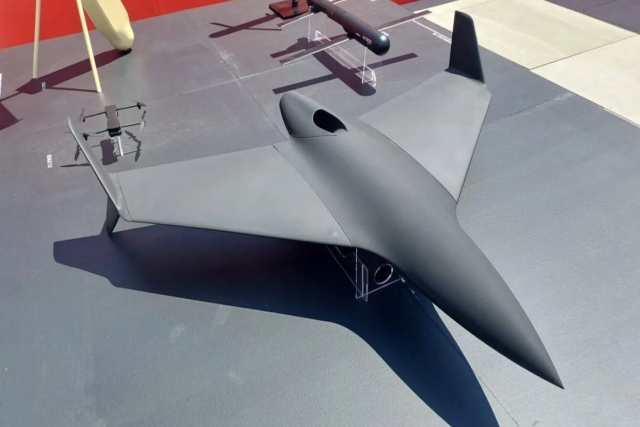IAF Air Chief Inaugurates eMaintenance Management System For Su-30MKI, Jaguar fighters In Pune

Indian Air Force Air Chief Marshal Arup Raha inaugurated the Electronic Maintenance Management System for Su-30MKI and Jaguar fighters at the Pune Air force station today.
The eMMS has been conceptualized to address the need of automating maintenance management process in the Air Force.
"We are already behind the schedule and we have set a challenging timeline to implement the project in all 12 verticals of the IAF by December 2017, including various weapon platforms, weapon systems and radars of the IAF,” Raha told PTI.
"I request our technology partner, Wipro and Air Force team to work in a synergized manner to tackle the entire project and the same synergy will help resolve the dynamic problems in the project," said Raha.
He said the eMMS has been implemented simultaneously with two pilot projects.
"One is Su-30MKI in Pune as Sukhoi has the largest fighter fleet in the country and other project, which is likely to be over soon, is with Mirage 2000 aircraft," the IAF chief said.
On the IAF tackling the cyber and hacking threats to the system, he said it is planning to have software and tools for safeguard and will make sure that the system does not get hacked.
As per a defence release today, the scope of e-MMS implementation in the IAF extends to all echelons in the maintenance hierarchy and functioning. The application will seamlessly connect Squadrons, Wings, Commands and Air HQ.
"After implementation of the project, the maintenance work environment is expected to become more efficient and operational availability of all fleets/systems can be monitored in real time at various hierarchical levels," it stated.
The benefits of the eMMS system include real time pan IAF visibility, standardization and validation of maintenance processes, online document search, automation of work flows leading to paperless work, biometric time stamping for all work processes and many others.









